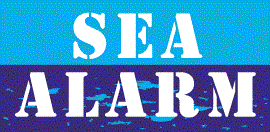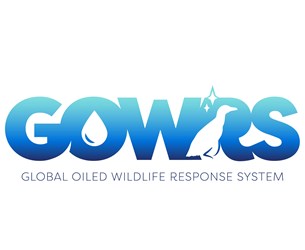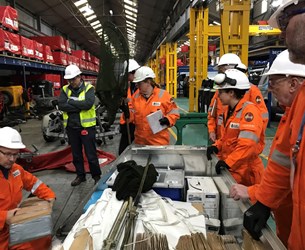With a well-established history of supporting wildlife emergency preparedness and response through more than 15 years of formal collaboration with the Sea Alarm Foundation, our position in industry has allowed us to catalyse wildlife emergency preparedness and response as an integral component of oil spill preparedness and response good practice.
To advance and support this integral component, a group of leading wildlife response organisations has been working to develop a framework for international wildlife response that can meet the needs of the wildlife response community, the oil industry and other stakeholders through the Global Oiled Wildlife Response Service (GOWRS) Project.
Sea Alarm’s Technical Advisory Service, along with wildlife equipment packages and the newly formed GOWRS Assessment Team, make up an enhanced offering of Wildlife Response Services available to our Members as part of the Service Level Agreement (SLA).






